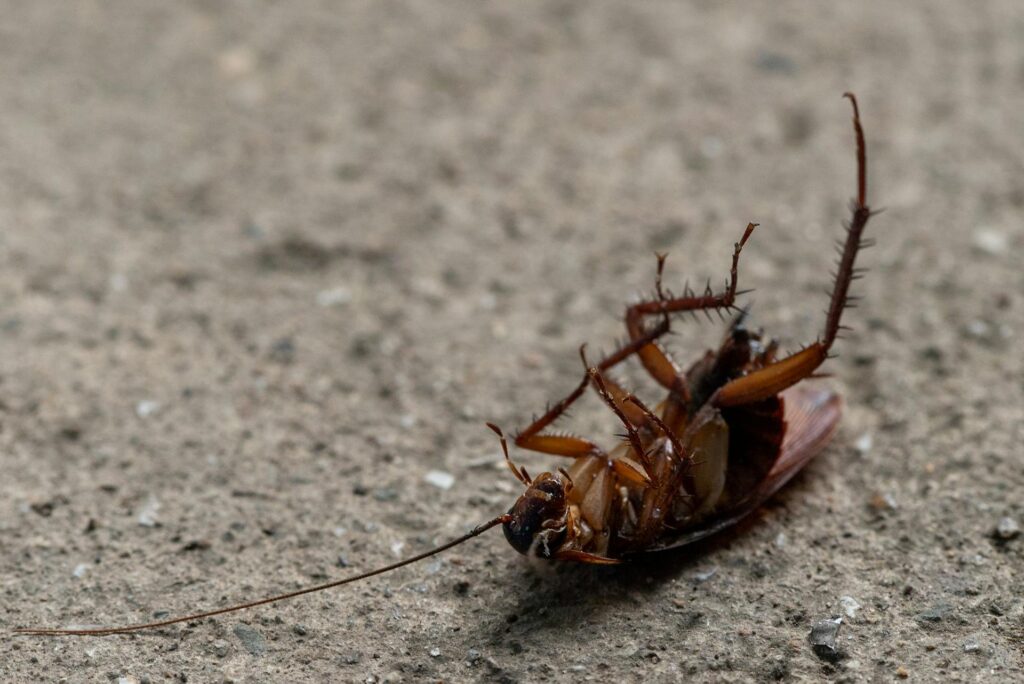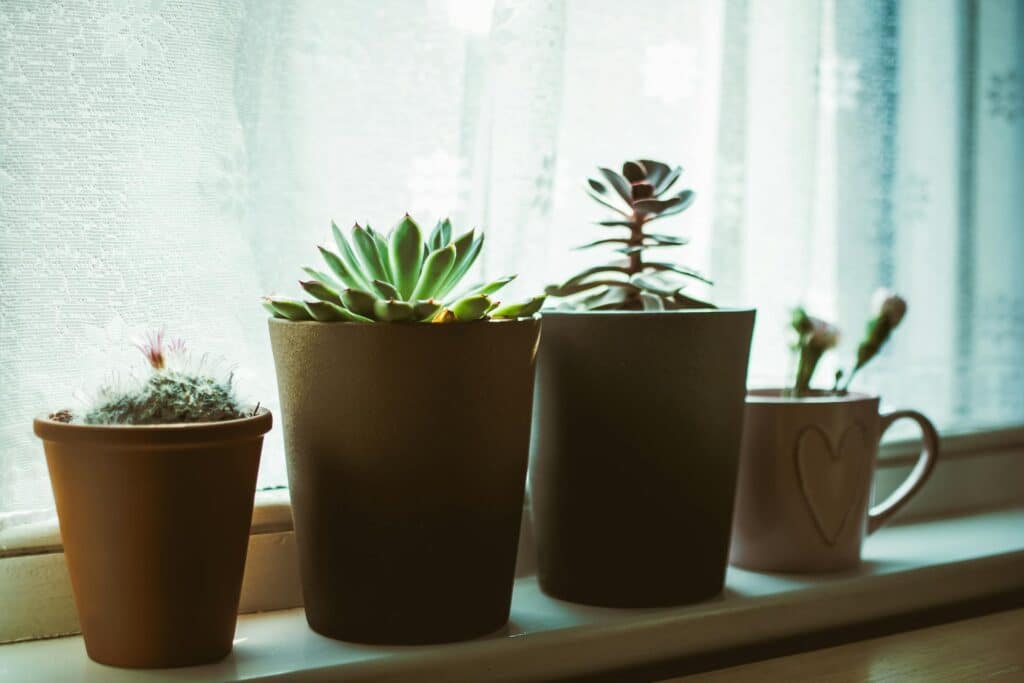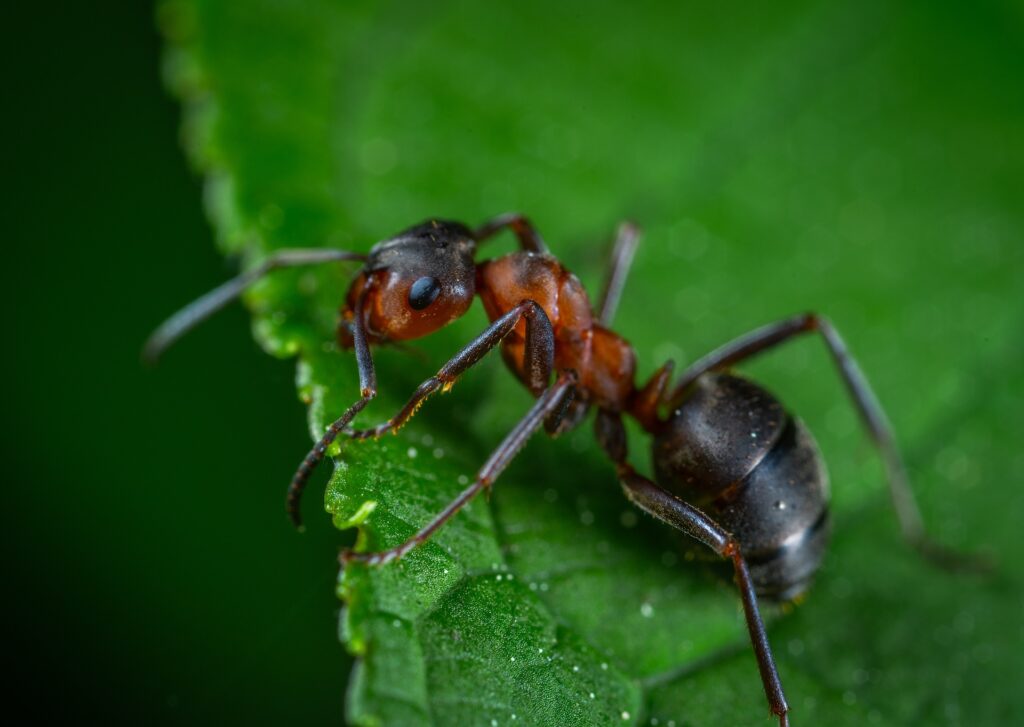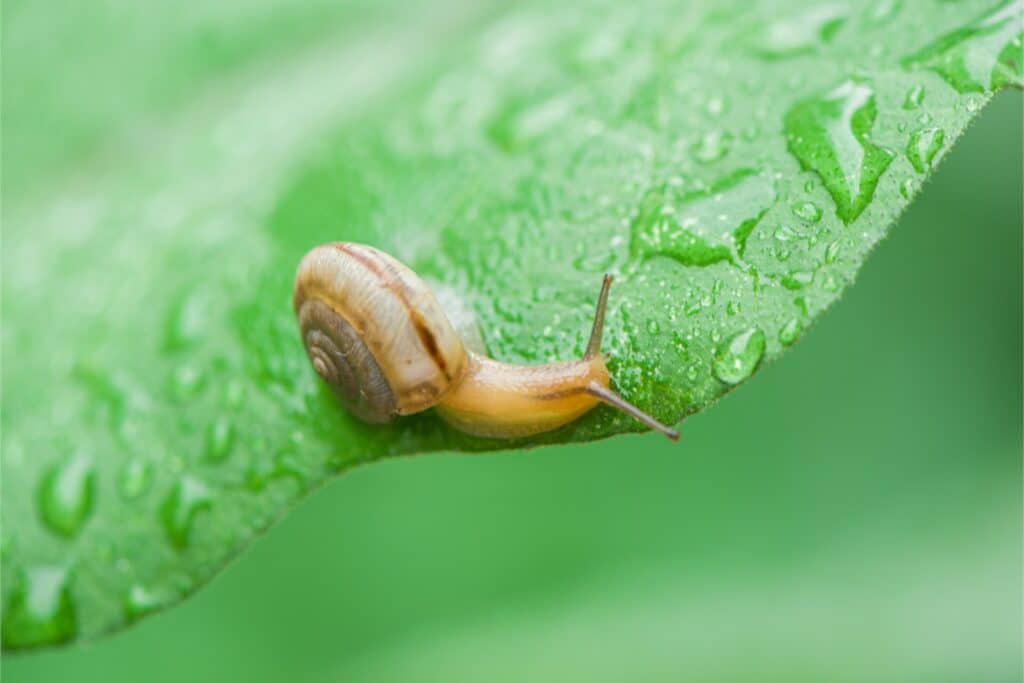Your doors may always be open to friends and family, but when it comes to insects, wildlife, and other creepy crawly things, the house is off-limits. Inspect your home for pest entry points to keep the good life inside and intruders out.
Cracks and crevices in the home’s foundations are easy access points for bugs, mice, paper wasps, and other pests. Some open and inviting areas are relatively easy to spot. Unscreened windows, vents, loose shingles and siding, and gaps in chimneys are entry points for pests.
Kitchen Access
When it comes to the most popular room in the house, the kitchen is the place to be. But insects and mice also gather there.
Inspect under the sink, the drain, and garbage disposal. Bugs nest in damp areas with nearby access to food and water. Plumbing pipes and tubes that run through kitchen cabinets have holes big enough for critters to slip through.
Pantry areas draw insects and rodents, even when food is stored on high shelves. Cabinetry with Lazy Susan turntables may attract mice — especially if the house was built on or near farmland.
Food scraps and “edible” trash is the ultimate treasure for pests that will hunt for what they smell. Seal food trash in airtight containers, and pest-proof outdoor garbage cans.
Foundation Care
Cracks in the house’s foundation are entry points for ants, spiders, silverfish, roaches, and a lot of other bugs. A magnifying glass may help you pinpoint them, but because cracks are hard to get close to, it’s easier to just assume these cracks are in the foundation. Use caulk and sealants to fill in tiny openings around doors and windows, plumbing and electrical ducts, baseboards, fireplaces, and dryer vents.
Vents and Gutters
Outdoor vents and exhaust fans are invitations to pests looking for a warm and cozy place to nest. Covering foundation vents reduces the moisture that attracts rodents and insects — especially termites that hope to feast on the house’s wooden frame. Covering outdoor vents also helps to keep the warm air in and cold air out of your house.
Gutters are great perches for birds, flies, hornets, and whatever else can fly in. If gutter lanes are blocked, rainwater will settle in — and stagnant water is a breeding ground for mosquitoes. Inspect and clean the gutters in the spring and fall. Covered gutters help deter pests but they may not always be free of them.
Attics
Beware of bats in your attic! Attics are perfect places for nesting bugs, squirrels, rats, and bats. Attics are generally well sealed, but roof vents are easy access points. Shine a flashlight on all corners of the attic for signs of pest intrusion.
Outdoor Attractions
Insects, rodents, skunks, gophers, raccoons, opossums, and other outdoor wildlife must eat, drink, sleep, and procreate… just like the rest of us. Along with trash cans and compost bins, the great outdoors provides a feast of opportunities for pests to thrive and survive, but your home’s outdoor space doesn’t have to be their host.
Clean and remove trash and debris. Cover composting bins. Seal containers of bird seed, grass seed, flower seeds, and organic fertilizers.
Mesh covers for chimney screens or vents are helpful to keep pests from crawling through holes and gaps.
Grass and Firewood
Lawn grass — especially if you have a pond nearby — is inevitably home to insects, moles, voles, muskrats, and other critters. Organic pest control products like diatomaceous earth and neem oil help to deter or kill these intruders. Inspect the lawn for holes, “spongy” areas, anthills, thatch, grubs, and anything that looks out of place.
Firewood is home to many insects –– termites live by chewing through wood. When you bring firewood indoors, the bugs come along for the ride. Store firewood on outdoor shelves or tarp set off of the ground.
When searching your home for pesty squatters, arm yourself with a flashlight, notepad, checklist, and basic knowledge of what kinds of insects and wildlife live in the neighborhood. Then, save time and trouble by calling a pest control specialist.








